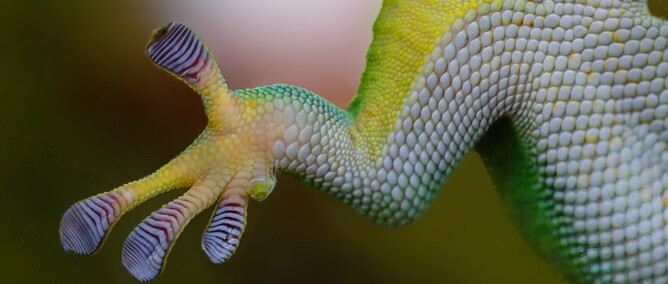Someone recently asked us how the design team at The Imagination Factory approaches repeatable idea generation in the projects we work on. It made us stop and think and we ended up with a list of 10 top tips for having great ideas which we thought might be useful to share.
One of the 'go-to' techniques that our design team uses to generate new ideas is to consider how a similar challenge might have already been solved by nature. During the last half century this has become known as Bio-mimicry but designers and engineers have been using the technique for as long as history has been recorded.
Leonardo da Vinci's sketches reveal how often he looked to the natural world not just for aesthetic inspiration but also to gain insights into how to make things more efficient and to solve complex mechanical problems. He spent countless hours studying the movement of birds in flight and how vortices form in flowing water.
One of the most famous examples of Bio-mimicry is Velcro which was invented by Swiss engineer George de Mestral in 1941 after he noticed burrs sticking to his dog's fur during walks. He studied the structure of the burrs under a microscope and worked out how to re-create it in a commercial product.
Engineers working on the Japanese Shinkansen bullet train were trying to solve the problems caused by the build up of pressure as the trains passed through tunnels at high speed. High levels of noise pollution were being reported as the result of a thunderclap effect as the trains exited the tunnels. One of the engineers, Fiji Nakatsu, was a bird-watching enthusiast and realised that Kingfishers manage to dive into water at high speeds with virtually no disturbance of the surface. The nose of the train was re-designed following the guidelines presented by the form of the Kingfisher resulting in a reduction of the noise pollution, lower power consumption and faster possible speeds.
Many of us will have marvelled at the magical ability that geckos have to effortlessly scale walls. They even scurry upside down across ceilings much to the delight of any children in the vicinity. What if designers could understand and harness this ability? A team of researchers at the University of Massachusetts, Amherst studied the source of the gecko's grip and created Geckskin™. This new super-adhesive is so powerful that an index-card sized piece can hold over 300kg on a smooth surface, such as glass. And just like Geckos the adhesive can be easily released leaving no residue behind.
In addition to finding inspiration for solving design and engineering problems Bio-mimicry can be used in the design of systems. Japanese scientists recently reported how they used a particular type of fungus to illustrate the most efficient routes for a transport network by plotting the way it grows. By understanding the natural rules that governed the growth of the fungus the scientists were able to determine the most efficient way to connect various geographical nodes taking into account the distances and topography of the landscape.
Not everyone has the opportunity to study bio-mimicry in detail on a particular subject but as designers we can draw on a wealth of resources that are available to help us identify how nature has solved the challenges we are designing for. Here are a couple of websites we have found useful:
http://biomimicry.org
Leonardo da Vinci's sketches reveal how often he looked to the natural world not just for aesthetic inspiration but also to gain insights into how to make things more efficient and to solve complex mechanical problems. He spent countless hours studying the movement of birds in flight and how vortices form in flowing water.
One of the most famous examples of Bio-mimicry is Velcro which was invented by Swiss engineer George de Mestral in 1941 after he noticed burrs sticking to his dog's fur during walks. He studied the structure of the burrs under a microscope and worked out how to re-create it in a commercial product.
Engineers working on the Japanese Shinkansen bullet train were trying to solve the problems caused by the build up of pressure as the trains passed through tunnels at high speed. High levels of noise pollution were being reported as the result of a thunderclap effect as the trains exited the tunnels. One of the engineers, Fiji Nakatsu, was a bird-watching enthusiast and realised that Kingfishers manage to dive into water at high speeds with virtually no disturbance of the surface. The nose of the train was re-designed following the guidelines presented by the form of the Kingfisher resulting in a reduction of the noise pollution, lower power consumption and faster possible speeds.
Many of us will have marvelled at the magical ability that geckos have to effortlessly scale walls. They even scurry upside down across ceilings much to the delight of any children in the vicinity. What if designers could understand and harness this ability? A team of researchers at the University of Massachusetts, Amherst studied the source of the gecko's grip and created Geckskin™. This new super-adhesive is so powerful that an index-card sized piece can hold over 300kg on a smooth surface, such as glass. And just like Geckos the adhesive can be easily released leaving no residue behind.
In addition to finding inspiration for solving design and engineering problems Bio-mimicry can be used in the design of systems. Japanese scientists recently reported how they used a particular type of fungus to illustrate the most efficient routes for a transport network by plotting the way it grows. By understanding the natural rules that governed the growth of the fungus the scientists were able to determine the most efficient way to connect various geographical nodes taking into account the distances and topography of the landscape.
Not everyone has the opportunity to study bio-mimicry in detail on a particular subject but as designers we can draw on a wealth of resources that are available to help us identify how nature has solved the challenges we are designing for. Here are a couple of websites we have found useful:
http://biomimicry.org

